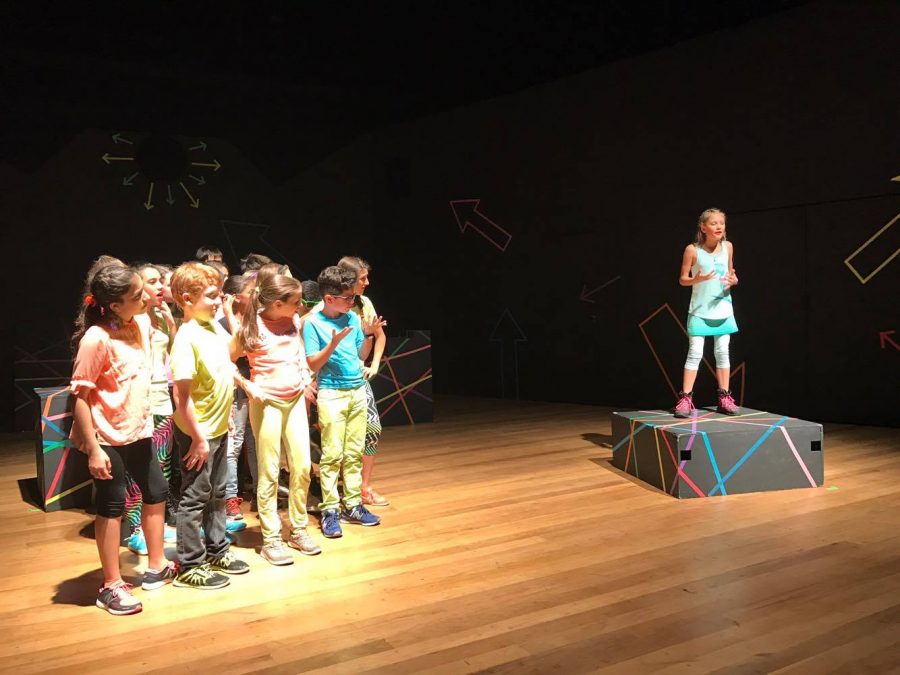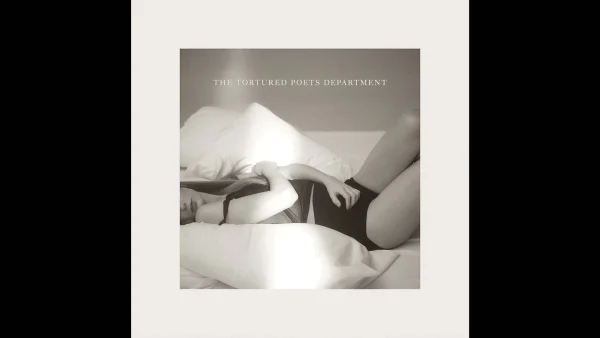Chuck, If You’re Out There, Bring Me a Hoodie
Dear Chuck,
I watched, a few days ago (depending on when you get this letter), the school play, which combined Hoodie (2011) and Dear Chuck (2003). The performances, which were witty and weird, yet relatable and vulnerable, really touched me. Chuck, I can’t explain to you what it is like to see our peers dedicate their time and effort to entertain others. I guess that, to you, I don’t have to explain ― I’m sure you understand what I’m trying to say. I’m literally at a loss for words. How will I summarize their plots? I guess that while I think through that, I can talk to you about the general setup.
Hoodie was a middle school production, whereas Dear Chuck was made up solely of high schoolers. Still, the members ranged from 4th graders to seniors, showing how art can bring together a variety of different people. I guess you might be wondering how I knew which scenes came from which play, since you weren’t here to see for yourself. Well, the Hoodie cast wore brightly colored clothing, which fit in perfectly with the black background and its flashy arrows. On the other hand, the Dear Chuck cast wore black with a few neon accessories ― including hair.
Together, these actors, equipped with their identifying outfits, wove together a single tale, despite being two separate storylines. This creativity in the performance of the pieces itself matched that of their original authors. Chuck, Hoodie was a play meant to question our ideas of beauty and normality, putting them right in our face using daily examples. There was a kid who was afraid to shower, who I think you would have liked, and a silly girl who left her friend in exchange for popularity. I think you would have enjoyed the Hoodie scenes, because, despite their topic’s relevance in today’s society, they managed to be lighthearted.
Then there was Dear Chuck. Honestly, this play began before it began, as the actors walked around school on the first day of performance wearing little tags with a poster saying, “where’s Chuck?”
This play reminded me of you. I left thinking that Chuck, who was clearly not a person, was a metaphor for knowing ourselves. However, others seemed to have interpreted it as a childhood spirit. You used to do that; look for different perspectives and show them the opposing point of view. Remember? Anyway, during the entire play, the characters are looking for a supposed other character, who happens to share your name. They send him letters, reach his voicemail, and hang posters. Through them, we learn that he sat ― I mean, settled ― next to another character during lunch, and that he made everyone feel complete.
Still, Dear Chuck had Chuckless scenes (although I guess you could say that the entire play there wasn’t any Chuck), in which we got to take a look at the characters’ lives. We heard a girl’s story about breakfast with her dad, which brought back memories of our breakfasts at your house, and about this boy who came out to his parents. I haven’t even mentioned The Teenage Shopping Experience, the beeping cellphone choir, or the random girl at a party who was willing to do anything for her parent’s attention.
My point is, the plays were similar in the fact that they were about growing up. They blended well together because they addressed issues that all of us face throughout our lives. That means that if you were here, you would have found at least one character you identified with.
Chuck, I miss you terribly, and I’m sending you this letter to plead you to come watch the other school shows. There’s at least one per semester, and I know you would enjoy them. Dear Chuck and Hoodie were only performed on the 9th and 10th of November, yet there will be other shows, and I want you to have the opportunity to enjoy them.
After all, art brings all kinds of people together. After all, this is our community. After all, reality shines through literary pieces.
Take care,
Luana















